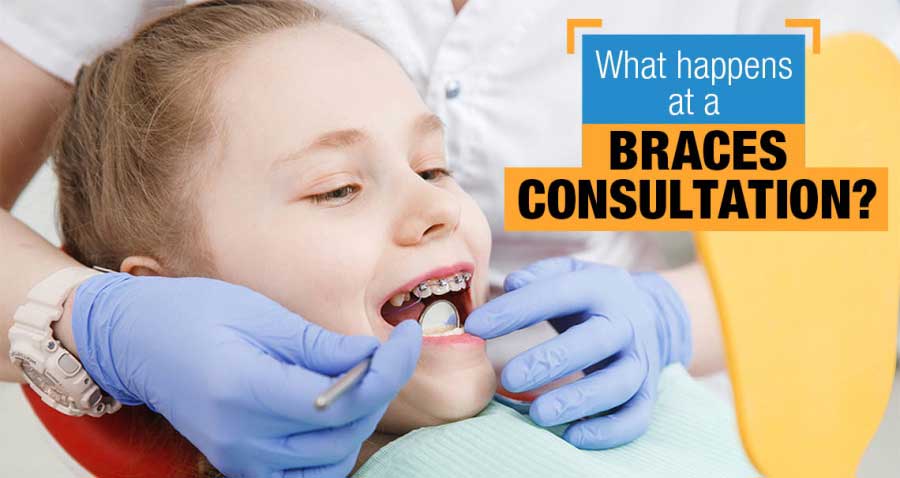Expert Cumming Braces and Aligners: What to Know Before You Visit
Expert Cumming Braces and Aligners: What to Know Before You Visit
Blog Article
Comprehensive Overview to Orthodontics Treatments for Fixing Oral Imbalances
Recognizing the details of each treatment, including their devices, advantages, and prospective disadvantages, is important in making notified decisions concerning one's orthodontic therapy. As we browse with the extensive guide to orthodontic treatments for remedying dental misalignments, the detailed information of each method will unravel, dropping light on the path toward a functional and unified oral placement.
Orthodontic Procedures Overview

Along with typical braces and clear aligners, orthodontists might additionally suggest various other interventions like headwear, palatal expanders, or retainers to address particular positioning concerns (orthodontics). These treatments are customized to every person's special needs and may include a mix of treatments to accomplish the wanted results. Regular modifications and surveillance are important components of orthodontic therapy to ensure development gets on track and to make any kind of necessary adjustments along the means. By undertaking orthodontic procedures, clients can not just accomplish a straighter grin yet also improve their general dental wellness and feature.
Traditional Braces: How They Function
When considering orthodontic therapies for dental imbalances, conventional dental braces stick out as a time-tested approach for remedying teeth positioning. Traditional braces include braces, cables, and bands that collaborate to apply continuous stress on the teeth, gradually relocating them into the preferred alignment. The braces are connected to the teeth making use of a special adhesive, and the cords are threaded through the braces. By adjusting the stress of the cables, orthodontists can manage the direction and pressure put on each tooth, guiding them into proper placement in time.
One key element of just how traditional braces work is the process of bone makeover. As stress is put on the teeth with the braces, the bone bordering the teeth is reshaped to sustain the brand-new tooth positions. This renovation is necessary for the lasting security of the corrected placement. Clients will need routine modifications at the orthodontist's workplace to make sure the braces remain to use the right stress for effective teeth movement.
Invisible Aligners: Benefits And Drawbacks
These clear, customized trays are essentially undetectable when worn, making them an enticing option for people seeking an extra visually pleasing orthodontic therapy. Clients can get rid of the aligners before consuming or brushing their teeth, lowering the risk of food obtaining stuck check that in the device and simplifying the cleansing process.

Surgical Orthodontic Options
Surgical interventions in orthodontics present practical options for dealing with complicated dental misalignments that might not be properly solved via standard orthodontic therapies. While standard dental braces and unnoticeable aligners can remedy lots of orthodontic problems, specific cases call for medical intervention to achieve optimal outcomes. Surgical orthodontic choices are usually recommended for severe malocclusions, substantial jaw inconsistencies, and situations where the underlying bone structure requires alteration to attain appropriate alignment.
One usual medical orthodontic procedure is orthognathic surgical procedure, which includes rearranging the jaws to remedy useful problems such as difficulty talking or chewing. This surgical procedure is commonly done in collaboration with an orthodontist that helps straighten the teeth before and after the treatment. Surgical orthodontics may additionally entail procedures to reveal affected teeth, get rid of excess gum cells, or reshape the jawbone to develop a more harmonious face profile.
Prior to considering medical orthodontic options, individuals undergo a detailed analysis to identify the need and potential advantages of such treatments. orthodontist. While surgical procedure may appear overwhelming, it can considerably enhance both the feature and aesthetic appeals of the smile in instances where conventional orthodontic treatments fail
Retainers and Post-Treatment Treatment

Failing to conform with post-treatment care instructions can result in regression, where the teeth slowly move back towards their original placements. Regular retainer wear, great oral hygiene, and routine dental exams are necessary for keeping the results attained with orthodontic surgical procedure and guaranteeing the long-term security of the remedied dental alignment.
Verdict
Finally, orthodontic treatments use different options for dealing with oral misalignments. Typical dental braces use metal braces and cables to shift teeth right into appropriate alignment. Unseen aligners offer a more very discreet choice however may not be ideal for all situations. Surgical orthodontic alternatives are offered for extra serious misalignments. Retainers are generally used post-treatment to keep the new placement. In general, orthodontic treatments can successfully improve dental wellness and visual this appearance.
As we navigate through the extensive overview to orthodontic treatments for remedying oral misalignments, the complex details of each technique will certainly unravel, shedding light on the path toward a functional and unified dental positioning. - orthodontics
One of the most typical orthodontic therapies is the usage of dental braces, which are composed of steel brackets and cables that use mild stress to progressively shift teeth into the desired setting.When taking into consideration orthodontic therapies for dental imbalances, typical dental braces stand out as a reliable method for correcting teeth positioning. Additionally, unnoticeable aligners may not be suitable for complex orthodontic issues that require more significant teeth movement, as they are usually suggested for moderate to moderate instances. Retainers are custom-made orthodontic devices designed to hold teeth in their corrected positions after the conclusion of orthodontic therapy.
Report this page